The Assumption of Mary, Mother of God |Tradition Says It’s So
The Assumption of Mary is not mentioned at all in scripture. This is one of the arguments that Protestants use against the dogma of the Assumption. However, as we are not sola scriptura, and since we know that Catholics follow not only the Bible, but also what was brought down from our Elders in the faith, through Tradition, we also know the following:
The Church Has Never Sought Relics of the Blessed Virgin
The Catholic Church is is known for collecting, storing and venerating relics of the Saints. We have relics of even the earliest of Saints. Why has there never been any mention even in early writings of the relics of the Virgin Mary? There are relics of many of the Apostles, so it would be really surprising to not have any relics of Mary. it would be the most prized and venerated of all relics, because the Blessed Virgin is first among the Saints. Yet we have no recovered body of our Lady, just as we have no recovered body of our Lord.
The Tradition of Celebrating the Assumption Goes Way Back
Even though Jerusalem had been sacked numerous times, when the Christians rebuilt, they rebuilt their sacred sites. These sacred sites made mention of the Assumption.
“Its origin is lost in those days when Jerusalem was restored as a sacred city, at the time of the Roman Emperor Constantine (c. 285-337). By then it had been a pagan city for two centuries, ever since Emperor Hadrian (76-138) had leveled it around the year 135 and rebuilt it as <Aelia Capitolina> in honor of Jupiter.
For 200 years, every memory of Jesus was obliterated from the city, and the sites made holy by His life, death and Resurrection became pagan temples.
After the building of the Church of the Holy Sepulchre in 336, the sacred sites began to be restored and memories of the life of Our Lord began to be celebrated by the people of Jerusalem. One of the memories about his mother centered around the “Tomb of Mary,” close to Mount Zion, where the early Christian community had lived.
On the hill itself was the “Place of Dormition,” the spot of Mary’s “falling asleep,” where she had died. The “Tomb of Mary” was where she was buried.
At this time, the “Memory of Mary” was being celebrated. Later it was to become our feast of the Assumption…
What was clear from the beginning was that there were no relics of Mary to be venerated, and that an empty tomb stood on the edge of Jerusalem near the site of her death. That location also soon became a place of pilgrimage. (Today, the Benedictine Abbey of the Dormition of Mary stands on the spot.)” EWTN.
What’s interesting is that there are actually two tombs of Mary: One in Ephesus and one in Jerusalem. However, both are empty.
The Dormition of Mary Was Always Remembered in the East
The Feast of the Dormition (falling asleep) of the Mother of God was officially adopted in 588 when Emperor Maurice officially included it in the Byzantine calendar.
“The main source of the narrative of the feast of the Dormition is based on the oral and written Tradition of the church, which include: the writings of Saints Dionysios the Areopagite, John the Damascene and Andrew of Crete; the hymnography and iconography of the Church, in addition to an apocryphal narrative of the feast by Saint John the Theologian.
According to the Orthodox Tradition, the Virgin Mary lived after Pentecost in the house of the Apostle John in Jerusalem. As the Mother of the Lord, she became the source of encouragement and help for the Apostles and all Christians.
Three days before her death, the Archangel Gabriel appeared to the Virgin Mary and revealed to her the date of her departure into eternal life. Immediately, the Theotokos returned to her home and prepared herself for this event through fasting and prayer.
On the day of her repose, even though the apostles were scattered throughout the world, they were miraculously transported to be at her side. Exceptionally, the Apostle Thomas did not arrive on time to bid his final farewell to the Theotokos.
While the Apostles were singing hymns in honor of the Mother of God, they saw a vision showing Christ, accompanied by Angels and Saints, coming to escort the soul of His Most Holy Mother into heaven. With songs of praises, the Apostles carried the body of the most pure Theotokos to the grave in Gethsemane to be buried near her parents.
At Gethsemane, the disciples gathered and remained around her tomb and kept a vigil for three days. On the Third day, the Apostle Thomas arrived and asked to view for the last time the Most Holy Mother of God. When the Apostles opened the grave of the Theotokos, her body was not there. The Apostles realized then that she was taken into heaven in the body to be reunited with her soul.”
Early manuscripts Point to the Assumption of Mary
Fr Michael Carrol, in his book Theotokos – A Theological Encyclopedia of the Blessed Virgin Mary, pg. 59, commented that:
“Indeed, and Fr. Wenger found a Greek manuscript that verified what scholars had previously believed to be true. Because there were whole families of manuscripts from different areas of the world in the sixth century that told a similar story of Mary’s Assumption, there had to be previous manuscripts from which everyone received their data. Fr. Wenger discovered one of these earlier manuscripts, believed to be the source later used by John of Thessalonica in the sixth century in his teaching on the Assumption. Fr. O’Carroll continues:
Some years later, M. Haibach-Reinisch added to the dossier an early version of Pseudo-Melito, the most influential text in use in the Latin Church. This could now, it was clear, be dated earlier than the sixth century…V. Arras claimed to have found an Ethiopian version of it which he published in 1973; its similarity to the Irish text gave the latter new status. In the same year M. Van Esbroeck brought out a Gregorian version, which he had located in Tiflis, and another, a Pseudo-Basil, in the following year, found in Mount Athos.
Much still remains to be explored. The Syriac fragments have increased importance, being put as far back as the third century by one commentator. The whole story will eventually be placed earlier, probably in the second century.” Theotokos – A Theological Encyclopedia of the Blessed Virgin Mary, pg. 59, Posted by Catholic Answers.
Hello? The Assumption of Mary is Dogma!
If you are a Catholic, the Assumption of Mary is actually dogma and not optional. Often the Church defines a dogma after years of believing the dogma. The definition occurs to clarify for the faithful, what they are to believe.
Pope Pius XII defined the Dogma of the Assumption in 1950 in Munificentissimus Deus.
“That privilege [the Assumption] has shone forth in new radiance since our predecessor of immortal memory, Pius IX, solemnly proclaimed the dogma of the loving Mother of God’s Immaculate Conception. These two privileges are most closely bound to one another. Christ overcame sin and death by his own death, and one who through Baptism has been born again in a supernatural way has conquered sin and death through the same Christ. Yet, according to the general rule, God does not will to grant to the just the full effect of the victory over death until the end of time has come. And so it is that the bodies of even the just are corrupted after death, and only on the last day will they be joined, each to its own glorious soul.
Now God has willed that the Blessed Virgin Mary should be exempted from this general rule. She, by an entirely unique privilege, completely overcame sin by her Immaculate Conception, and as a result she was not subject to the law of remaining in the corruption of the grave, and she did not have to wait until the end of time for the redemption of her body….
We must remember especially that, since the second century, the Virgin Mary has been designated by the holy Fathers as the new Eve, who, although subject to the new Adam, is most intimately associated with him in that struggle against the infernal foe which, as foretold in the protoevangelium,[44] would finally result in that most complete victory over the sin and death which are always mentioned together in the writings of the Apostle of the Gentiles.[45] Consequently, just as the glorious resurrection of Christ was an essential part and the final sign of this victory, so that struggle which was common to the Blessed Virgin and her divine Son should be brought to a close by the glorification of her virginal body, for the same Apostle says: “When this mortal thing hath put on immortality, then shall come to pass the saying that is written: Death is swallowed up in victory.”[46]
Hence the revered Mother of God, from all eternity joined in a hidden way with Jesus Christ in one and the same decree of predestination,[47] immaculate in her conception, a most perfect virgin in her divine motherhood, the noble associate of the divine Redeemer who has won a complete triumph over sin and its consequences, finally obtained, as the supreme culmination of her privileges, that she should be preserved free from the corruption of the tomb and that, like her own Son, having overcome death, she might be taken up body and soul to the glory of heaven where, as Queen, she sits in splendor at the right hand of her Son, the immortal King of the Ages.[48]
After we have poured forth prayers of supplication again and again to God, and have invoked the light of the Spirit of Truth, for the glory of Almighty God who has lavished his special affection upon the Virgin Mary, for the honor of her Son, the immortal King of the Ages and the Victor over sin and death, for the increase of the glory of that same august Mother, and for the joy and exultation of the entire Church; by the authority of our Lord Jesus Christ, of the Blessed Apostles Peter and Paul, and by our own authority, we pronounce, declare, and define it to be a divinely revealed dogma: that the Immaculate Mother of God, the ever Virgin Mary, having completed the course of her earthly life, was assumed body and soul into heavenly glory.
Hence if anyone, which God forbid, should dare willfully to deny or to call into doubt that which we have defined, let him know that he has fallen away completely from the divine and Catholic Faith.”
As you can see, the Assumption is an ancient and most venerated feast. We wish everyone a blessed Feast of the Assumption!
Marian Resources
- Compendium of Marian Devotions: An Encyclopedia of the Church’s Prayers, Dogmas, Devotions, Sacramentals, and Feasts Honoring the Mother of God
- Crown of the Virgin
- The Glories of Mary by St Alphonsus Liguori
- Hail, Holy Queen: The Mother of God in the Word of God by Scott Hahn
- The Five First Saturdays and Reparation to the Immaculate Heart of Mary
- The Life of the Blessed Virgin Mary: From the Visions of Anne Catherine Emmerich
- The Life of Mary As Seen By the Mystics
- The Little Office of the Blessed Virgin Mary
- Manual for Marian Devotion by the Dominican Sisters of Mary
- Marian Consecration for Children: Bringing Mary to Life in Young Hearts and Minds
- Mary, the Church at the Source by Hans Urs von Balthasar & Joseph Cardinal Ratzinger
- Mary’s Immaculate Heart: The Meaning Of The Devotion To The Immaculate Heart Of Mary
- The Secret of the Rosary
- Theotokos – A Theological Encyclopedia of the Blessed Virgin Mary
- True Devotion to Mary: with Preparation for Total Consecration (St Louis de Montfort:
- The World’s First Love by Bishop Fulton Sheen

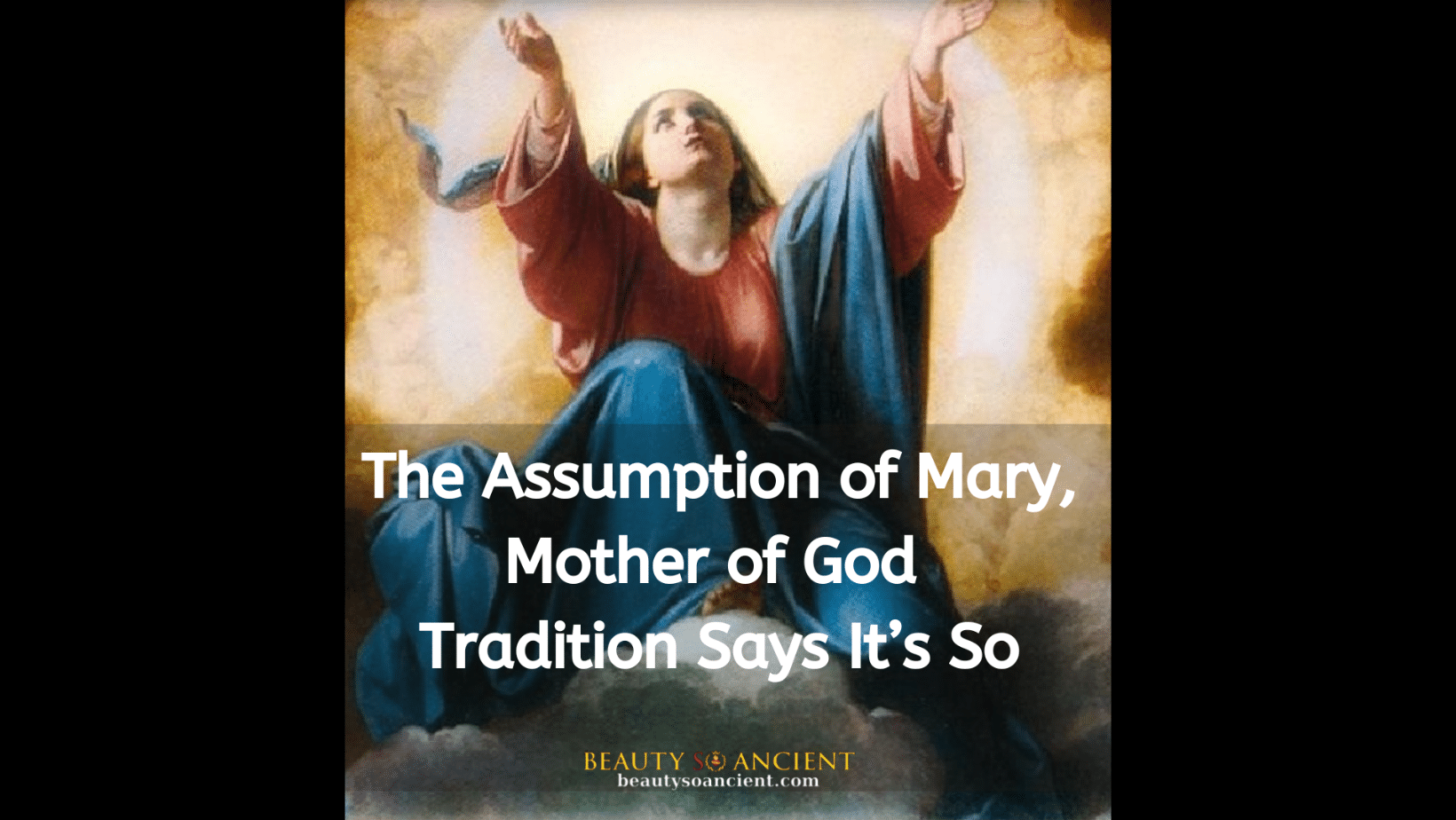

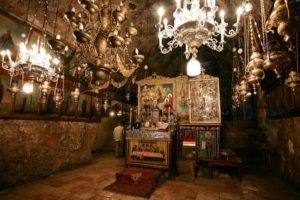
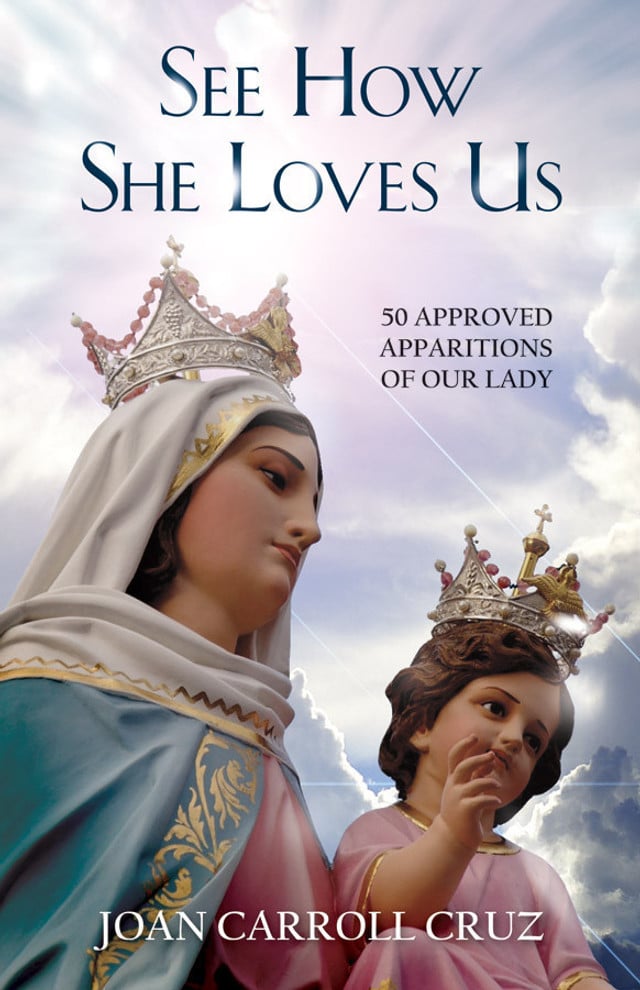
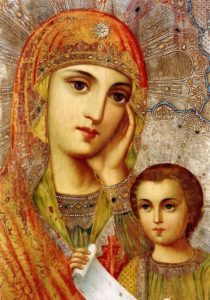
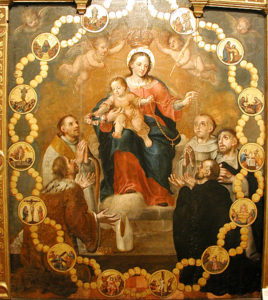
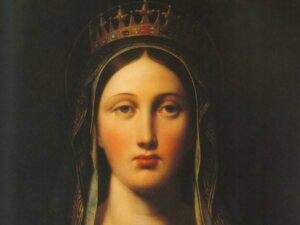
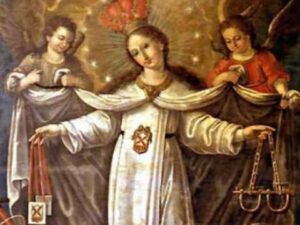
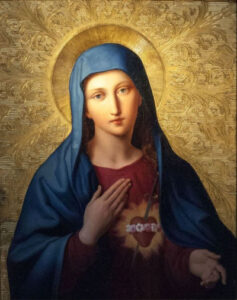
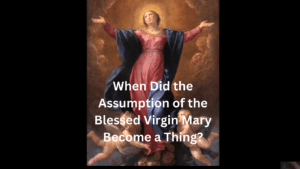
Hello, I love this painting of Mary, do you know where i can get a print?